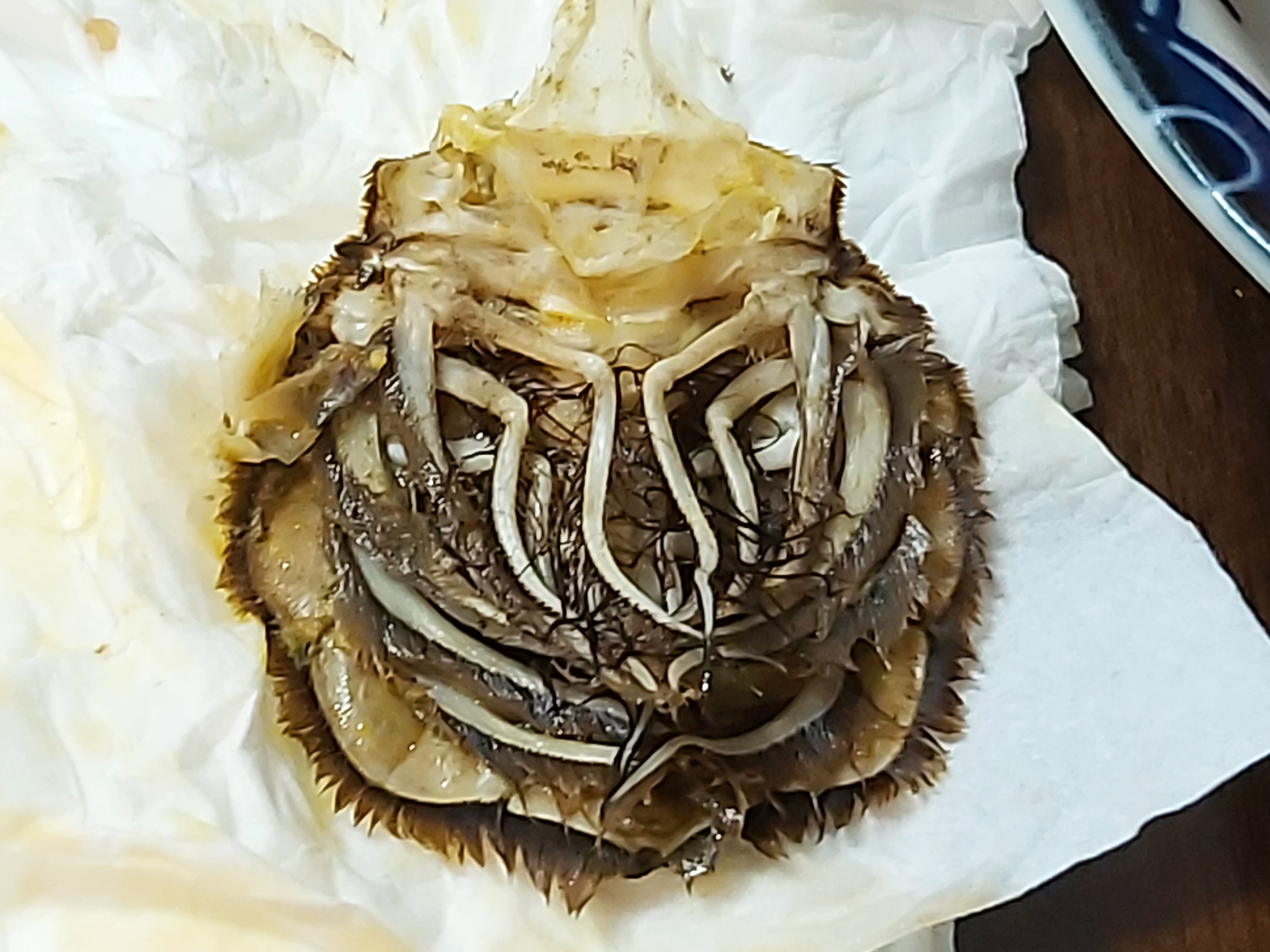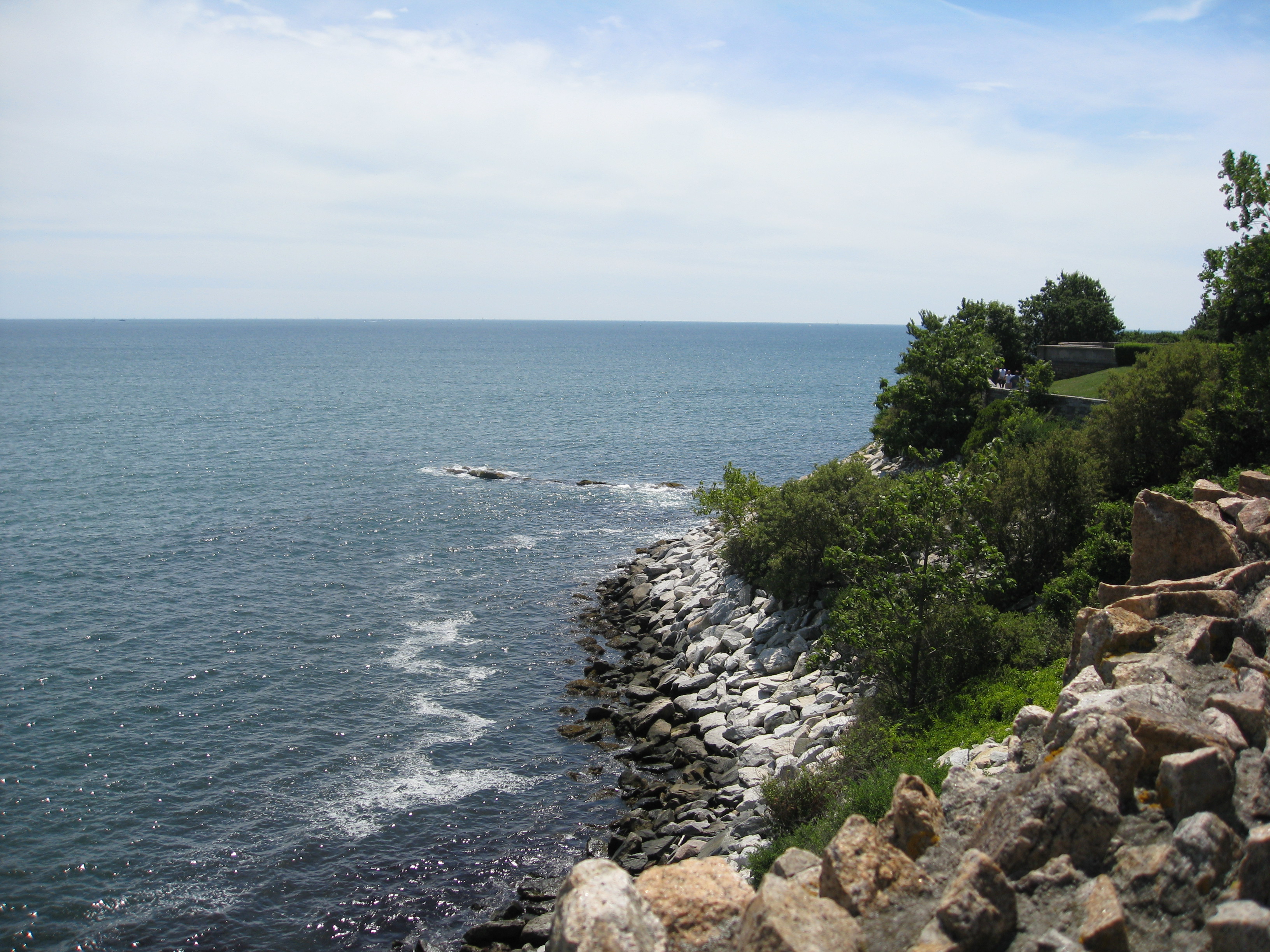|
Calcinus Morgani
''Calcinus morgani'', commonly known as Morgan's hermit crab, is a species of hermit crab in the family Diogenidae found in the Indo-West Pacific region, the type locality being Indonesia. Description This hermit crab has a shield 1.15 to 1.4 times as long as it is broad. The rostral lobe is triangular and the lateral projections very small and blunt. The eye-stalks have inflated bases and are nearly as long as the shield. The left cheliped (claw) has four to six robust calcified teeth on its cutting edge and the dactyl has two to four teeth on its cutting edge. The right cheliped is somewhat smaller with fewer teeth. The surfaces of both are dotted with small tubercles and low protuberances. The third pair of pereopods (walking limbs) have a brush of setae (bristles) near the claw while the other pereopods have scattered setae. The shield is whitish with dark brown margins, the eye-stalks are bright blue with brown bases, the antennal appendages are dark brown and orange, the ... [...More Info...] [...Related Items...] OR: [Wikipedia] [Google] [Baidu] |
Hermit Crab
Hermit crabs are anomuran decapod crustaceans of the superfamily Paguroidea that have adapted to occupy empty scavenged mollusc shells to protect their fragile exoskeletons. There are over 800 species of hermit crab, most of which possess an asymmetric abdomen concealed by a snug-fitting shell. Hermit crabs' soft (non- calcified) abdominal exoskeleton means they must occupy shelter produced by other organisms or risk being defenseless. The strong association between hermit crabs and their shelters has significantly influenced their biology. Almost 800 species carry mobile shelters (most often calcified snail shells); this protective mobility contributes to the diversity and multitude of crustaceans found in almost all marine environments. In most species, development involves metamorphosis from symmetric, free-swimming larvae to morphologically asymmetric, benthic-dwelling, shell-seeking crabs. Such physiological and behavioral extremes facilitate a transition to a sheltered ... [...More Info...] [...Related Items...] OR: [Wikipedia] [Google] [Baidu] |
Diogenidae
The Diogenidae are a family of hermit crabs, sometimes known as "left-handed hermit crabs" because in contrast to most other hermit crabs, its left chela (claw) is enlarged instead of the right. It comprises 429 extant species, and a further 46 extinct species, making it the second-largest family of marine hermit crabs, after the Paguridae. Genera *'' Allodardanus'' Haig & Provenzano, 1965 *''Aniculus'' Dana, 1852 *'' Areopaguristes'' Rahayu & McLaughlin, 2010 *'' Annuntidiogenes'' † Fraaije, Van Bakel, Jagt & Artal, 2008 *'' Bathynarius'' Forest, 1989 *''Calcinus'' Dana, 1851 *'' Cancellus'' H. Milne-Edwards, 1836 *'' Ciliopagurus'' Forest, 1995 *'' Clibanarius'' Dana, 1852 *'' Dardanus'' Paul’son, 1875 *''Diogenes'' Dana, 1851 *'' Eocalcinus'' † Vía, 1959 *'' Isocheles'' Stimpson, 1858 *'' Loxopagurus'' Forest, 1964 *'' Paguristes'' Dana, 1851 *''Paguropsis'' Henderson, 1888 *'' Parapaguristes'' † Bishop, 1986 *'' Petrochirus'' Stimpson, 1858 *'' Pseudopaguristes'' M ... [...More Info...] [...Related Items...] OR: [Wikipedia] [Google] [Baidu] |
Indo-Pacific
The Indo-Pacific is a vast biogeographic region of Earth. In a narrow sense, sometimes known as the Indo-West Pacific or Indo-Pacific Asia, it comprises the tropical waters of the Indian Ocean, the western and central Pacific Ocean, and the seas connecting the two in the general area of Indonesia. It does not include the temperate and polar regions of the Indian and Pacific oceans, nor the Tropical Eastern Pacific, along the Pacific coast of the Americas, which is also a distinct marine realm. The term is especially useful in marine biology, ichthyology, and similar fields, since many marine habitats are continuously connected from Madagascar to Japan and Oceania, and a number of species occur over that range, but are not found in the Atlantic Ocean. The region has an exceptionally high species richness, with the world's highest species richness being found in at its heart in the Coral Triangle, and a remarkable gradient of decreasing species richness radiating outwa ... [...More Info...] [...Related Items...] OR: [Wikipedia] [Google] [Baidu] |
Chela (organ)
A chela ()also called a claw, nipper, or pinceris a pincer-like organ at the end of certain limbs of some arthropods. The name comes from Ancient Greek , through New Latin New Latin (also called Neo-Latin or Modern Latin) is the revival of Literary Latin used in original, scholarly, and scientific works since about 1500. Modern scholarly and technical nomenclature, such as in zoological and botanical taxonomy ... '. The plural form is chelae. Legs bearing a chela are called chelipeds. Another name is ''claw'' because most chelae are curved and have a sharp point like a claw. Chelae can be present at the tips of arthropod legs as well as their pedipalps. Chelae are distinct from spider chelicerae in that they do not contain venomous glands and cannot distribute venom. See also * Pincer (biology) * Pincer (tool) References Arthropod anatomy {{Arthropod-anatomy-stub ... [...More Info...] [...Related Items...] OR: [Wikipedia] [Google] [Baidu] |
Pereopod
The decapod (crustaceans such as a crab, lobster, shrimp or prawn) is made up of 20 body segments grouped into two main body parts: the cephalothorax and the pleon (abdomen). Each segment may possess one pair of appendages, although in various groups these may be reduced or missing. They are, from head to tail: Cephalothorax Head #antennules # antennae #mandibles # first maxillae # second maxillae The head also bears the (usually stalked) compound eyes. The distal portion of a mandible or maxilla which has a sensory function is known as a palp. Thorax / pereon #first maxillipeds #second maxillipeds #third maxillipeds #first pereiopods #second pereiopods #third pereiopods #fourth pereiopods #fifth pereiopods Maxillipeds are appendages modified to function as mouthparts. Particularly in the less advanced decapods, these can be very similar to the pereiopods. Pereiopods are primarily walking legs and are also used for gathering food. They are also the ten legs from which decapods ... [...More Info...] [...Related Items...] OR: [Wikipedia] [Google] [Baidu] |
Calcinus Gaimardii
''Calcinus'' is a genus of hermit crabs in the family Diogenidae, containing the following species: *'' Calcinus albengai'' Poupin & Lemaitre, 2003 *'' Calcinus anani'' Poupin & McLaughlin, 1998 *''Calcinus argus'' Wooster, 1984 *''Calcinus californiensis'' Bouvier, 1898 *''Calcinus chilensis'' (H. Milne Edwards, 1836) *''Calcinus dapsiles'' Mogan, 1989 *''Calcinus elegans'' (H. Milne-Edwards, 1836) *''Calcinus explorator'' Boone, 1930 *'' Calcinus gaimardii'' (H. Milne-Edwards, 1848) *'' Calcinus gouti'' Poupin, 1997 *''Calcinus guamensis'' Wooster, 1984 *'' Calcinus haigae'' Wooster, 1984 *'' Calcinus hakahau'' Poupin & McLaughlin, 1998 *'' Calcinus hazletti'' Haig & McLaughlin, 1984 *'' Calcinus imperialis'' Whitelegge, 1901 *'' Calcinus inconspicuus'' Morgan, 1991 *'' Calcinus isabellae'' Poupin, 1997 *'' Calcinus kurozumii'' Asakura & Tachikawa, 2000 *'' Calcinus laevimanus'' (Randall, 1840) *'' Calcinus latens'' (Randall, 1840) *'' Calcinus laurentae'' Haig & McLaughlin, ... [...More Info...] [...Related Items...] OR: [Wikipedia] [Google] [Baidu] |
Intertidal Zone
The intertidal zone, also known as the foreshore, is the area above water level at low tide and underwater at high tide (in other words, the area within the tidal range). This area can include several types of habitats with various species of life, such as seastars, sea urchins, and many species of coral with regional differences in biodiversity. Sometimes it is referred to as the '' littoral zone'' or '' seashore'', although those can be defined as a wider region. The well-known area also includes steep rocky cliffs, sandy beaches, bogs or wetlands (e.g., vast mudflats). The area can be a narrow strip, as in Pacific islands that have only a narrow tidal range, or can include many meters of shoreline where shallow beach slopes interact with high tidal excursion. The peritidal zone is similar but somewhat wider, extending from above the highest tide level to below the lowest. Organisms in the intertidal zone are adapted to an environment of harsh extremes, living in w ... [...More Info...] [...Related Items...] OR: [Wikipedia] [Google] [Baidu] |
Hermit Crabs
Hermit crabs are anomuran decapod crustaceans of the superfamily Paguroidea that have adapted to occupy empty scavenged mollusc shells to protect their fragile exoskeletons. There are over 800 species of hermit crab, most of which possess an asymmetric abdomen concealed by a snug-fitting shell. Hermit crabs' soft (non- calcified) abdominal exoskeleton means they must occupy shelter produced by other organisms or risk being defenseless. The strong association between hermit crabs and their shelters has significantly influenced their biology. Almost 800 species carry mobile shelters (most often calcified snail shells); this protective mobility contributes to the diversity and multitude of crustaceans found in almost all marine environments. In most species, development involves metamorphosis from symmetric, free-swimming larvae to morphologically asymmetric, benthic-dwelling, shell-seeking crabs. Such physiological and behavioral extremes facilitate a transition to a sheltered ... [...More Info...] [...Related Items...] OR: [Wikipedia] [Google] [Baidu] |




